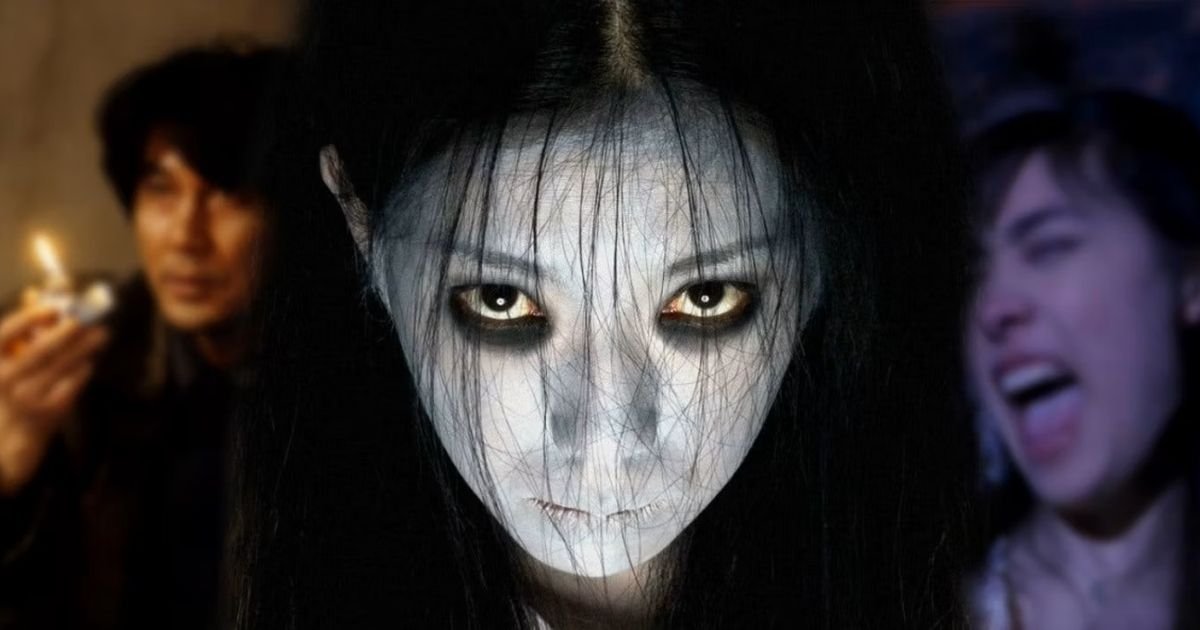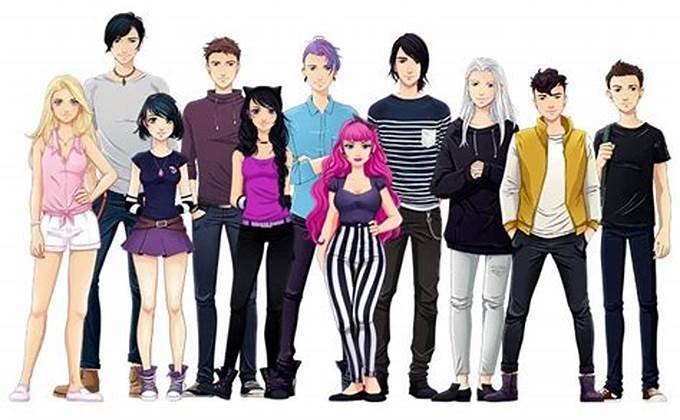Japanese cinema has undergone a significant transformation over the decades, evolving from its deep-rooted focus on traditional themes such as samurai honor and feudal conflicts, to addressing modern-day social issues, identity crises, and global challenges. While Japan’s cinematic history is rich in films centered on cultural heritage, modern directors are pushing boundaries by integrating contemporary issues like technology, gender roles, and urban alienation into their narratives.
1. Traditional Roots: The Legacy of Japanese Cinema
The foundation of Japanese cinema was built on strong cultural narratives, often revolving around themes from feudal Japan. Early Japanese films, including iconic samurai films and Jidaigeki (period dramas), dealt with honor, loyalty, and personal sacrifice, set against the backdrop of Japan’s rich historical periods.
Key Features of Traditional Japanese Cinema:
- Stories of samurai and feudal society, heavily influenced by bushido (the way of the warrior).
- Depictions of traditional Japanese customs and rituals.
- Reflections on social hierarchy and honor in historical Japan.
Notable directors like Akira Kurosawa and Kenji Mizoguchi set the standard for cinematic storytelling with films like “Seven Samurai” and “Ugetsu”, which became hallmarks of classic Japanese cinema.
2. Shifting Focus: The Post-War Era
Following World War II, Japan’s cinema began to address the country’s post-war recovery and the social changes taking place. Directors such as Yasujiro Ozu and Mikio Naruse explored more intimate stories, focusing on the disintegration of the family structure, urbanization, and modern relationships.
Post-War Themes:
- Disillusionment and loss after the war.
- The struggle between traditional values and modernization.
- The growing influence of Western culture and technology.
Films like “Tokyo Story” (1953) by Yasujiro Ozu depicted the generational divide and the impact of modernization on family life, capturing Japan’s shifting social dynamics.
3. Rise of Contemporary Issues: Japanese Cinema in the 1990s and Beyond

By the 1990s, Japanese filmmakers began to address more global themes, incorporating elements of technology, identity, and existential crises. As Japan became a world leader in technology and faced increasing globalization, cinema started reflecting these changes.
Key Contemporary Issues Explored:
- Urban isolation: Films like “Lost in Translation” (2003) and “Nobody Knows” (2004) examine the effects of modern urban life on individuals and their sense of belonging.
- Technology and identity: With the rise of technology, films like “Ghost in the Shell” (1995) delve into the relationship between humans and machines, exploring cyberpunk themes of identity and consciousness.
- Gender roles and societal expectations: Modern films challenge traditional roles of men and women in Japan, with stories addressing feminism, LGBTQ+ themes, and shifting societal norms.
4. Independent Japanese Cinema: Tackling Socio-political Issues
The rise of independent Japanese filmmakers has also led to more candid discussions on socio-political issues such as class disparity, climate change, and immigration. Directors like Hirokazu Kore-eda have gained international acclaim for their ability to touch on complex human emotions and societal struggles with subtlety and sensitivity.
Examples of Films Addressing Contemporary Issues:
- “Shoplifters” (2018): Directed by Hirokazu Kore-eda, this film tackles poverty and the definition of family in modern Japan.
- “Our Little Sister” (2015): A Kore-eda family drama that subtly critiques gender roles and responsibility within modern Japanese society.
- “Suicide Club” (2001): Directed by Sion Sono, this horror-thriller film highlights the growing issue of suicide and its causes in Japan’s younger generation.
5. Anime and Science Fiction: Exploring the Future of Japan
Japanese anime has also played a significant role in modernizing Japan’s cinema, often addressing futuristic themes related to technology, existentialism, and environmentalism. Films like “Akira” (1988) and “Neon Genesis Evangelion” (1995) have become cult classics, exploring the consequences of rapid technological advancement, nuclear war, and urban dystopia.
Themes Explored in Anime:
- Dystopian futures and their effects on humanity.
- The environmental destruction and the role of human progress.
- The struggle for personal identity in a mechanized world.
With films like “Your Name” (2016), anime continues to push the boundaries of storytelling by integrating themes of time travel, memory, and natural disasters, offering a fresh perspective on contemporary Japanese society.
6. The Global Influence of Modern Japanese Cinema
The modernization of Japanese cinema has not only reflected internal changes within Japan but has also captured the attention of international audiences. Directors such as Takashi Miike, Hayao Miyazaki, and Hirokazu Kore-eda have showcased Japan’s ability to balance traditional narratives with contemporary storytelling.
International Recognition:
- Japanese films have gained international awards, including the Palme d’Or and Academy Awards, signifying global recognition of Japan’s evolving cinema.
- Directors like Kore-eda and Miike regularly feature in international film festivals, solidifying Japan’s place in global cinema.
7. The Future of Japanese Cinema: Bridging Tradition and Innovation
As Japan continues to navigate its role in the modern world, its cinema reflects the nation’s complex relationship with tradition and innovation. Future trends in Japanese cinema may see even more experimental storytelling, combining technology, virtual reality, and interactive films, while still paying homage to the country’s rich cinematic legacy.
Conclusion
The evolution of Japanese cinema from traditional themes to contemporary issues mirrors Japan’s own journey through modernization and globalization. While the country’s cinematic roots remain deeply embedded in history and cultural values, modern Japanese filmmakers continue to push the boundaries, addressing a wide range of social, political, and technological issues that resonate both locally and globally.










